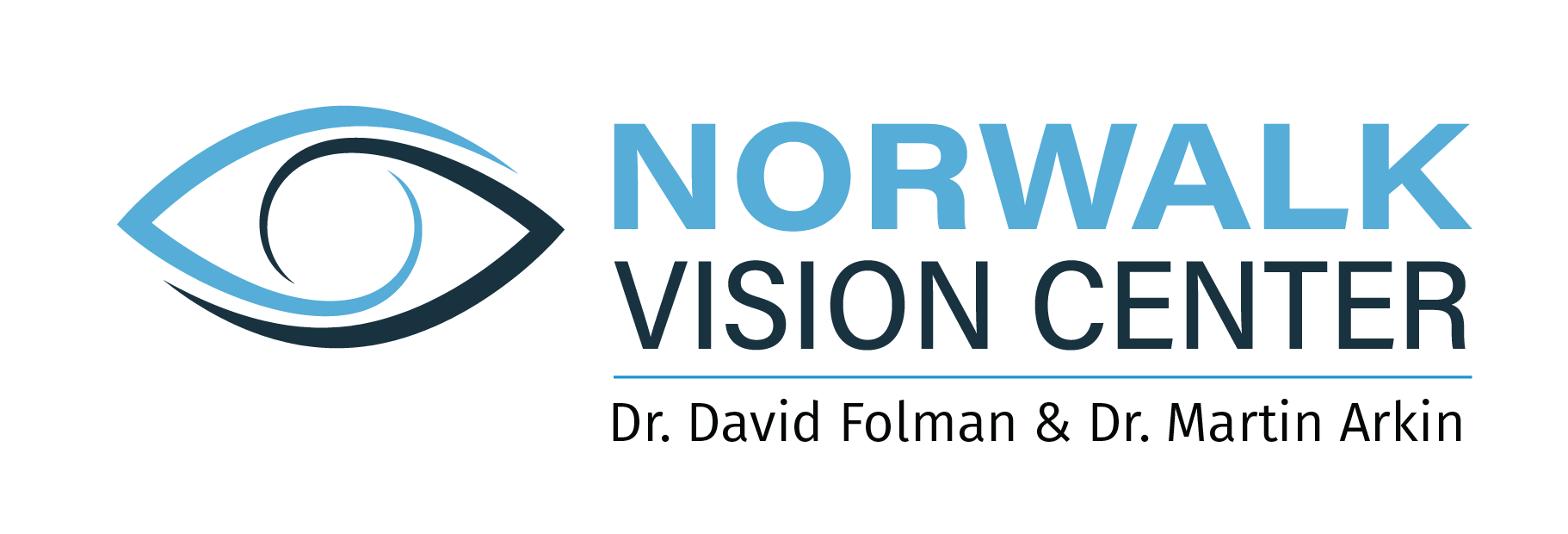Understanding Dry Eye Disease
Do your eyes burn? Are they red, irritated, sandy or gritty? Perhaps your eyes seem to water excessively? These are all signs of dry eye disease.
Dry eyes occur when not enough tears are produced or the quality of tears is unhealthy, causing rapid evaporation. The lack of tears leads to ocular surface disease and chronic inflammation. Dry eye disease is very common, and many treatments exist. Despite this, far too many patients are merely given artificial tears, warm compresses, and told to tough it out.
At The Norwalk Vision Center, we take dry eyes very seriously, and have many tools to help you feel better.
USE DISCOUNT CODE: norwalkvc
Our Dry Eye Treatment Philosophy
Dry eye is notoriously difficult to treat because there are usually multiple factors causing the dryness. Every case is different, but comprehensive dry eye treatments may need to address four distinct problems:
Meibomian Gland Dysfunction (MGD) causes insufficient oil in the tear film and evaporation of tears. Chronic obstruction leads to gland atrophy and cell death.
The bacteria, mites, and micro-organisms that live on our skin can fester in and around eyelids and lashes, leading to chronic inflammation. Eyelid hygiene plays a role in controlling eyelid inflammation.
Dryness causes inflammation, and inflammation causes more dryness. Anti-inflammatory tools can take the form of supplements, oral medications, topical medications, light therapy, and biologic drops or membranes.
Oftentimes, there are just not enough tears. This can be from insufficient tear production, poor lid closure, biochemical instability, or excessive evaporation.
What tools do we have to combat dry eye diseases?
Mild

Inflammation
Omega 3s (Fish Oil)
Steroid eyedrops
Non-steroidals (NSAIDS, Azithromycin)
Tear Film
Artificial tears or gel
Increase hydration
Environmental changes
Obstruction
Blink exercises
Moist heat compress
Eyelid debridement
Biofilm
Hypochlorous acid
Eyelid cleansers
Tea Tree Oil
Moderate

Inflammation
Oral doxycycline or minocycline
Immunomodulator drops (Xiidra, Restasis, Cequa, Cyclosporine)
Intense Pulsed Light Therapy (IPL)
Tear Film
Punctal plugs
Lacrimal gland stimulation (Tyrvaya)
Overnight eyelid seals or moisture goggles
Obstruction
Thermal expression (Tear Care, LipiFlow)
Red low level light therapy (LLLT)
Intense Pulsed Light Therapy (IPL)
Biofilm
Blepharoexfoliation (ZEST, NuLids, Bleph-Ex)
Blue low level light therapy (LLLT)
Intense Pulsed Light Therapy (IPL)
Severe

Inflammation
Amniotic membranes
Cytokine extract drops (RegenerEyes)
Autologous Serum Tears
Tear Film
Scleral Contact Lenses
Oral Evoxac
Autologous Serum Tears
Which Treatment is Right for Me?
If you are reading this, and have been searching Doctor Google for answers, then your dry eye is probably moderate to severe. The first step is to schedule an appointment with Dr. Folman or Dr. Arkin to be evaluated for dry eye disease. We will identify which areas we need to focus on, and discuss which therapies are most appropriate.
USE DISCOUNT CODE: norwalkvc

Our popular dry eye treatments at the Norwalk Vision Center
Click on each to learn more








